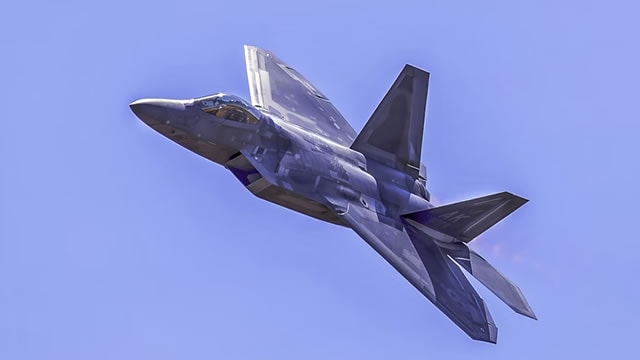Lockheed/$LMT
14:30
16:10
17:45
19:25
21:00
1D1W1MYTD1Y5YMAX
About Lockheed
Lockheed Martin is the world's largest defense contractor and has dominated the Western market for high-end fighter aircraft since it won the F-35 Joint Strike Fighter program in 2001. Aeronautics is Lockheed's largest segment, which derives upward of two-thirds of its revenue from the F-35. Lockheed's remaining segments are rotary and mission systems, mainly encompassing the Sikorsky helicopter business; missiles and fire control, which creates missiles and missile defense systems; and space systems, which produces satellites and receives equity income from the United Launch Alliance joint venture.
Ticker
$LMT
Sector
Primary listing
NYSE
Employees
121,000
Headquarters
Website
Lockheed Metrics
BasicAdvanced
$112B
27.16
$17.88
0.27
$13.20
2.72%
Price and volume
Market cap
$112B
Beta
0.27
52-week high
$516.00
52-week low
$410.11
Average daily volume
1.4M
Dividend rate
$13.20
Financial strength
Current ratio
1.129
Quick ratio
0.926
Long term debt to equity
331.985
Total debt to equity
358.987
Dividend payout ratio (TTM)
74.05%
Interest coverage (TTM)
5.42%
Profitability
EBITDA (TTM)
7,314
Gross margin (TTM)
8.37%
Net profit margin (TTM)
5.73%
Operating margin (TTM)
8.07%
Effective tax rate (TTM)
14.46%
Revenue per employee (TTM)
$610,000
Management effectiveness
Return on assets (TTM)
6.39%
Return on equity (TTM)
62.78%
Valuation
Price to earnings (TTM)
27.164
Price to revenue (TTM)
1.55
Price to book
18.08
Price to tangible book (TTM)
-15.79
Price to free cash flow (TTM)
24.75
Free cash flow yield (TTM)
4.04%
Free cash flow per share (TTM)
19.626
Dividend yield (TTM)
2.72%
Forward dividend yield
2.72%
Growth
Revenue change (TTM)
2.88%
Earnings per share change (TTM)
-35.37%
3-year revenue growth (CAGR)
4.26%
10-year revenue growth (CAGR)
5.85%
3-year earnings per share growth (CAGR)
-6.44%
10-year earnings per share growth (CAGR)
4.73%
3-year dividend per share growth (CAGR)
5.63%
10-year dividend per share growth (CAGR)
8.20%
What the Analysts think about Lockheed
Analyst ratings (Buy, Hold, Sell) for Lockheed stock.
Lockheed Financial Performance
Revenues and expenses
Lockheed Earnings Performance
Company profitability
Lockheed News
AllArticlesVideos
Data displayed above is indicative only and its accuracy or completeness is not guaranteed. Actual execution price may vary. Past performance is not indicative of future results. Your return may be affected by currency fluctuations and applicable fees and charges. Capital at risk.
Real-time US market data is sourced from the IEX order book provided by Polygon. After-hours US market data is 15 minutes delayed and may differ significantly from the actual tradable price at market open.
Capital at risk
Upcoming events
FAQs
What’s the current market cap for Lockheed stock?
Lockheed (LMT) has a market cap of $112B as of December 27, 2025.
What is the P/E ratio for Lockheed stock?
The price to earnings (P/E) ratio for Lockheed (LMT) stock is 27.16 as of December 27, 2025.
Does Lockheed stock pay dividends?
Yes, the Lockheed (LMT) stock pays dividends to shareholders. As of December 27, 2025, the dividend rate is $13.2 and the yield is 2.72%. Lockheed has a payout ratio of 74.05% on a trailing twelve-month basis.
When is the next Lockheed dividend payment date?
The next Lockheed (LMT) dividend payment is scheduled for December 30, 2025.
What is the beta indicator for Lockheed?
Lockheed (LMT) has a beta rating of 0.27. This means that it is less volatile than the market, on average. A beta of 1 would indicate the stock moves in-line with the market, while a beta of 0.5 would mean it moves half as much as the market.


